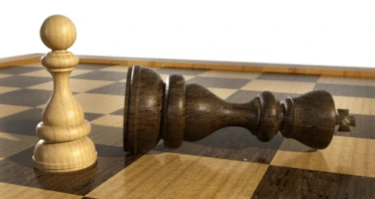
What is the 50 move rule?
The 50 move rule in chess is a regulation that states that if both players have not made a capture or pawn move in the last 50 moves, the game can be declared a draw by the player who claims it. This rule is in place to prevent players from making an excessive number of moves without making any progress in the game, also known as “dead position” or “dead draw”. The 50 move rule is intended to prevent players from making an excessive number of moves without making any progress in the game.
Prevent players from using the perpetual check
The rule is rooted in the history of chess and was first introduced in the 19th century as a way to prevent players from using the “perpetual check” tactic, in which one player would continuously check the opponent’s king without making any progress in the game. The rule was later modified in the 20th century to include the stipulation that both players must have made at least one capture or pawn move in the last 50 moves.
Only applies in standard chess
It is worth noting that the 50 move rule only applies to the standard chess and not in the variant chess like chess960 and bughouse chess.
How to claim a dead draw or dead position in chess?
In order to claim a draw under the 50 move rule, a player must stop the clock and make the claim to the arbiter. The arbiter will then verify that the last 50 moves have not included a capture or pawn move by either player, and if the claim is valid, the game will be declared a draw.